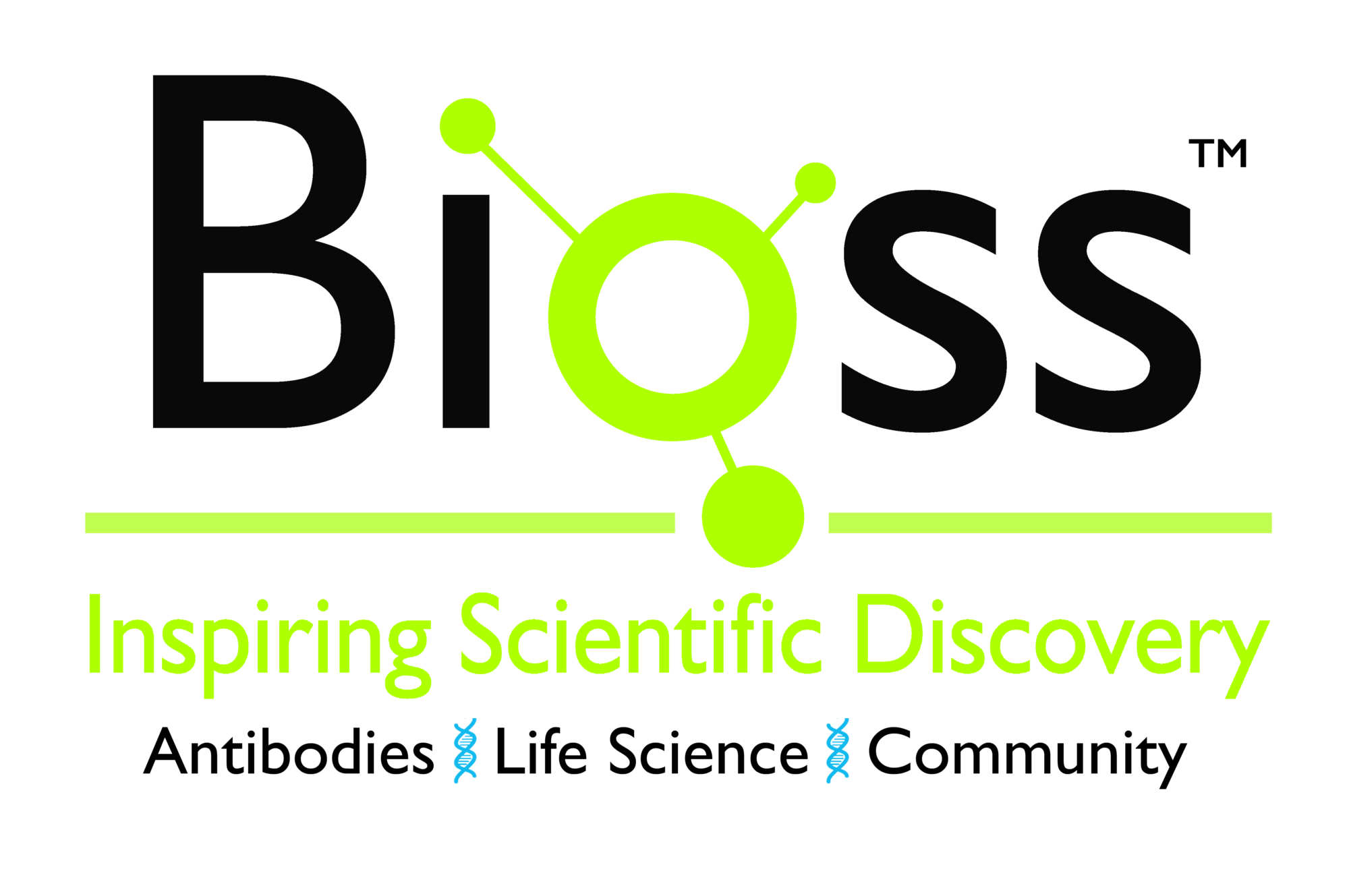HAUS1 antibody [N1C3]
GTX118733
ApplicationsImmunoFluorescence, Western Blot, ImmunoCytoChemistry
Product group Antibodies
ReactivityHuman
TargetHAUS1
Overview
- SupplierGeneTex
- Product NameHAUS1 antibody [N1C3]
- Delivery Days Customer9
- Application Supplier NoteWB: 1:500-1:3000. ICC/IF: 1:100-1:1000. *Optimal dilutions/concentrations should be determined by the researcher.Not tested in other applications.
- ApplicationsImmunoFluorescence, Western Blot, ImmunoCytoChemistry
- CertificationResearch Use Only
- ClonalityPolyclonal
- Concentration0.43 mg/ml
- ConjugateUnconjugated
- Gene ID115106
- Target nameHAUS1
- Target descriptionHAUS augmin like complex subunit 1
- Target synonymsCCDC5, HEI-C, HEIC, HsT1461, HAUS augmin-like complex subunit 1, coiled-coil domain containing 5 (spindle associated), coiled-coil domain-containing protein 5, enhancer of invasion-cluster
- HostRabbit
- IsotypeIgG
- Protein IDQ96CS2
- Protein NameHAUS augmin-like complex subunit 1
- Scientific DescriptionHAUS1 is 1 of 8 subunits of the 390-kD human augmin complex, or HAUS complex. The augmin complex was first identified in Drosophila, and its name comes from the Latin verb augmentare, meaning to increase. The augmin complex is a microtubule-binding complex involved in microtubule generation within the mitotic spindle and is vital to mitotic spindle assembly (Goshima et al., 2008 [PubMed 18443220]; Uehara et al., 2009 [PubMed 19369198]).[supplied by OMIM]
- ReactivityHuman
- Storage Instruction-20°C or -80°C,2°C to 8°C
- UNSPSC12352203
References
- Tsai CY, Ngo B, Tapadia A, et al. Aurora-A phosphorylates Augmin complex component Hice1 protein at an N-terminal serine/threonine cluster to modulate its microtubule binding activity during spindle assembly. J Biol Chem. 2011,286(34):30097-106. doi: 10.1074/jbc.M111.266767Read this paper



